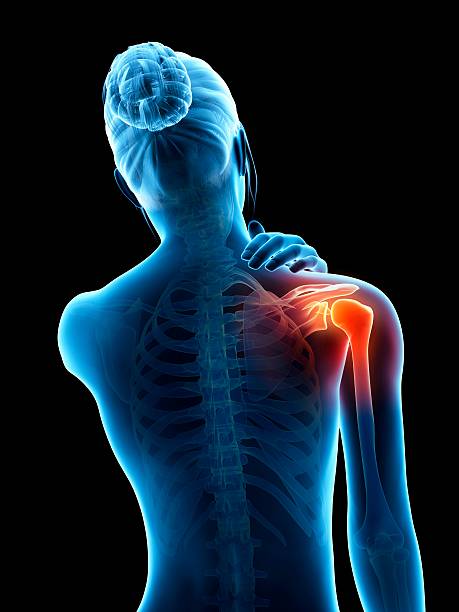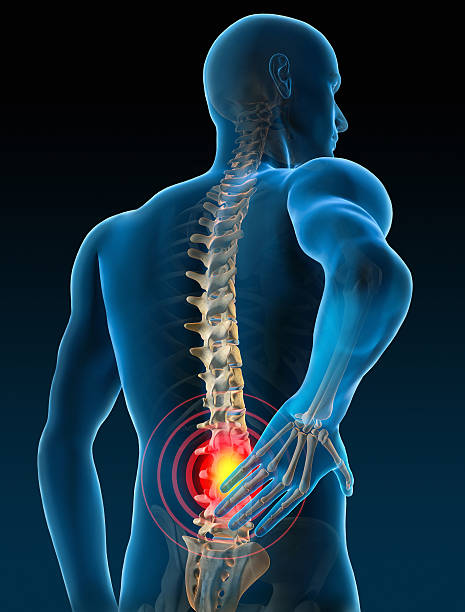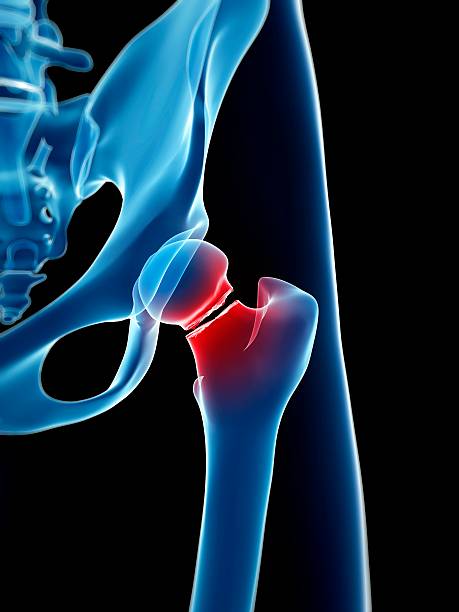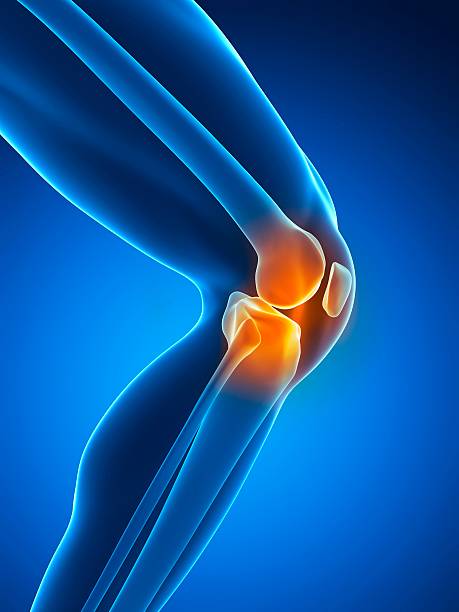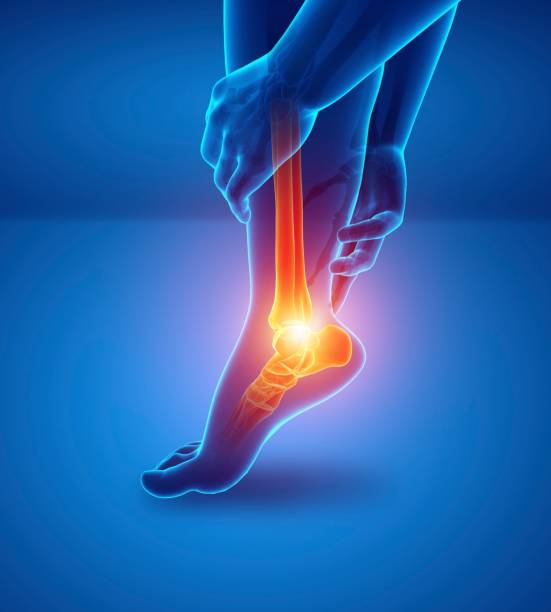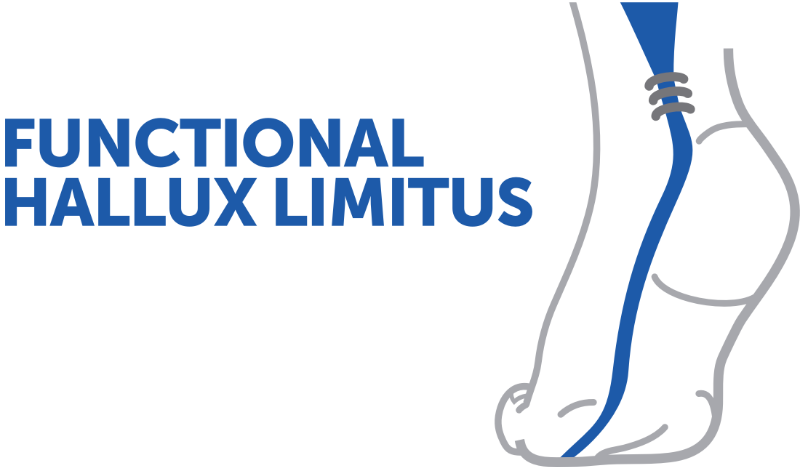Clinical shoulder tests: usefulness and limitations
An in-depth presentation of clinical shoulder tests, focusing on their real-world usefulness, reliability, and limitations in rehabilitation practice. The speaker emphasizes the importance of clinical reasoning and functional rather than structural diagnosis. Useful for professionals wishing to refine their clinical assessments.
Doctors
Topics
Treatments
Advice
- Dr. Frédéric Srour
- History of physiotherapy prescriptions
- Sensitivity and specificity of tests
- Deficit reasoning
- Instability tests
- Subscapularis Tests
- Functional rehabilitation
- Clinical tests
- Differential diagnosis
- clinical reasoning
- combined tests
- structural vs functional pain differentiation
- test cluster
- clinical relevance
Information
Video type:
Anatomy:
Shoulder testing: real usefulness and limits of clinical maneuvers
There are many clinical shoulder tests, but none taken in isolation is pathognomonic. Their value is to guide the diagnosis by combining several pieces of information: pain caused, loss of mobility, weakness, and motor control. Thus, the clinician reasons in terms of "deficits" rather than labels: mobility, strength, stability, coordination. In this context, maneuvers become tools for clinical reasoning, not verdicts. They are interpreted with the patient's history, activity, and recovery goals, in order to avoid false positives specific to certain maneuvers.
The quality of published evidence on these tests is heterogeneous; caution should be exercised to avoid overinterpreting any single result.
From single test to “cluster”: reasoning in bundles of clues
Rather than seeking "the" perfect test, it is more reliable to combine complementary maneuvers. Clusters increase the diagnostic probability by combining sensitivity and specificity. This logic applies to rotator cuff tendinopathies as well as subacromial impingements, by integrating the pain caused, weakness, and gestural limitations. Reproducibility depends on the examiner and the consistency of the symptoms; a discordant result must be retested under standardized conditions. Finally, the clinical examination is combined with imaging when there is any doubt that impacts the therapeutic approach.
No single shoulder test is pathognomonic.
Instability and the labrum: when certain tests gain weight
In glenohumeral instability, several maneuvers have increased relevance, particularly in young subjects. Tests such as the Jerk test or the Kim test can reveal posterior labral involvement. Interpreted in a cluster, they guide targeted imaging or specialized referral. The presence of apprehension, jerking, or mechanical pain during extreme movements strengthens the hypothesis. Nevertheless, the examiner remains attentive to confounding factors (hyperlaxity, cervical pain) to avoid overdiagnosis.
Differentiating pain of cervical origin: the value of the Arm-Squeeze
Some painful symptoms attributed to the shoulder are actually cervicogenic. The Arm-Squeeze test, simple and quick, helps to sort things out: a significantly increased pain when pressing the middle third of the arm points more towards a cervical origin. This identification avoids unnecessary examinations and leads to more targeted treatment (spine, peripheral nerves, posture). Combined with the neurological examination and movement analysis, it secures the diagnostic pathway.
Clinical reasoning is more important than systematic search for pathology.
What is the value of literature on testing?
A significant portion of the available studies exhibit methodological biases (sample size, reference standard, inter-examiner variability). Thus, published sensitivities/specificities should be interpreted with caution. For the clinician, the challenge is less about memorizing figures than knowing when a cluster actually changes decision-making: continue rehabilitation, request imaging, refer to a specialist. In this context, the objectification of progress (pain, mobility, strength, function) remains the best marker of a relevant diagnosis.
Practical implications for management
On a daily basis, the clinical examination guides a functional and individualized care plan. It specifies the hierarchy of priorities: relieve pain, restore range of motion, recenter the humeral head, then strengthen and automate movements. Tests are used to monitor the effect of interventions and adjust progress. However, when a deficit persists despite well-conducted rehabilitation or when a picture of instability is confirmed, imaging and/or a specialist opinion are required. Thus, clinical maneuvers are useful, provided they are integrated into a comprehensive reasoning for the benefit of the patient.
Pathologies treated at the center
Hallux Limitus
Functional
Your pain has a cause.The balance sheet allows us to understand it.
- Gait analysis
- Posture Assessment
- Guidance on the right treatment
- Study of plantar supports and supports
- Detection of compensations
- Pain–movement correlation
The functional assessment allows us to understand how a joint or postural imbalance can trigger or perpetuate pain. Very often, imaging is normal, but movement is disturbed. By analyzing gait, weight-bearing patterns, or posture, we identify the weak links in the chain and guide targeted treatment adapted to the patient's actual mechanics.


